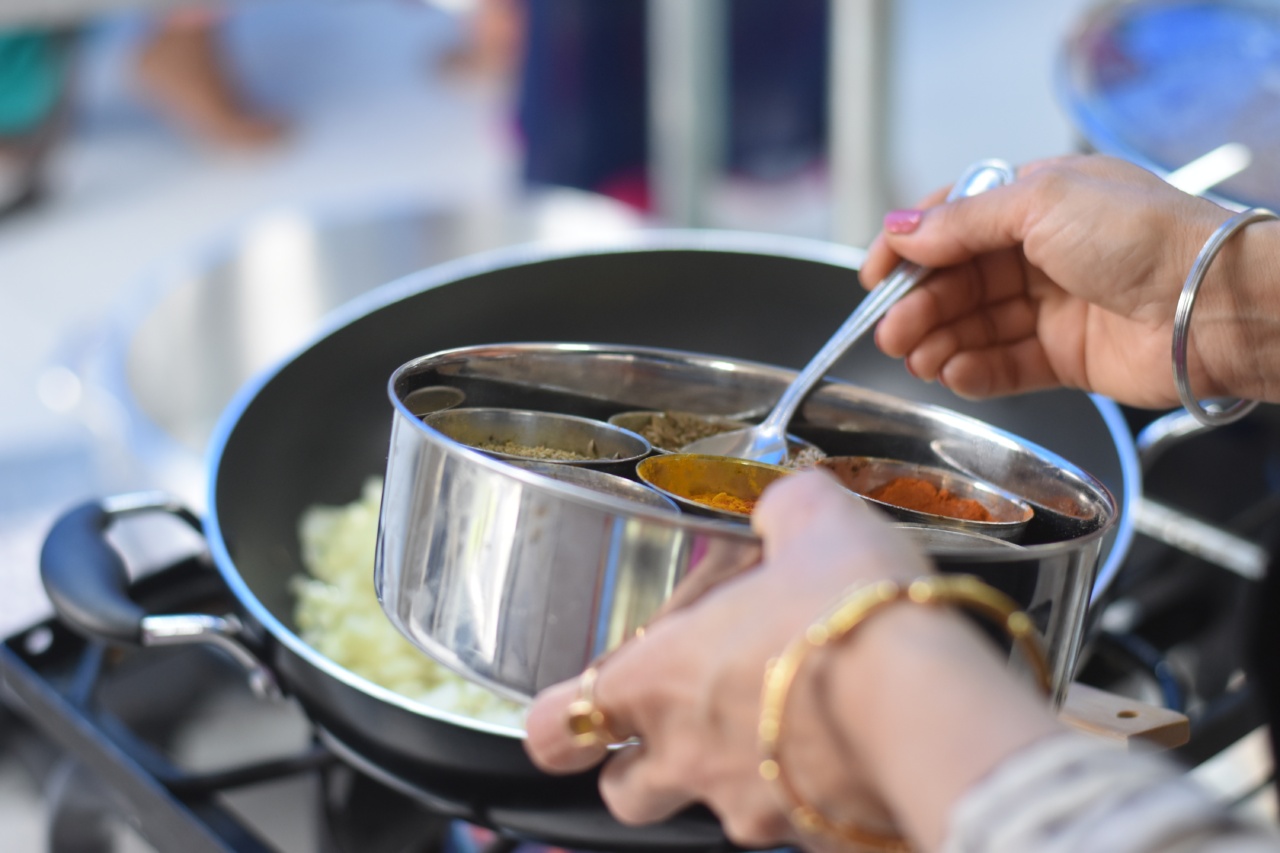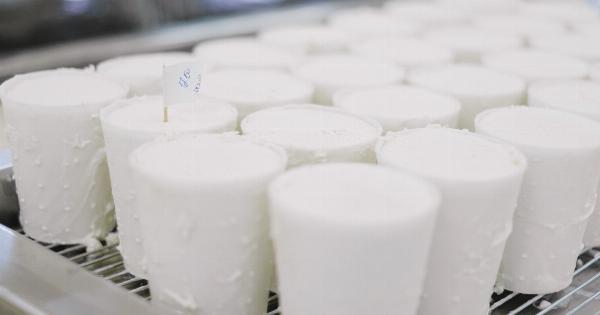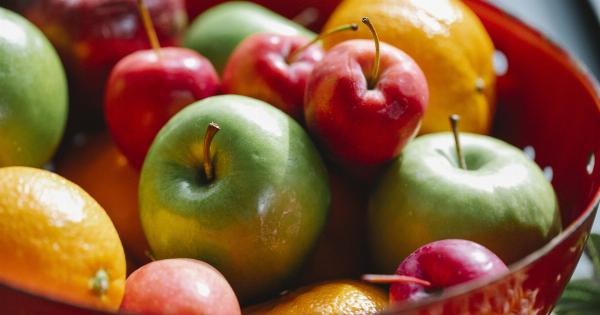Microwave ovens have become an essential appliance in most households due to their convenience and efficiency. They allow us to quickly heat up leftovers or cook pre-packaged meals with minimal effort.
However, while microwave ovens offer convenience, they can also have a negative impact on the nutritional value of certain foods. In this article, we will explore ten foods that become less healthy when reheated in a microwave oven.
1. Spinach
Spinach is a nutrient-dense leafy green vegetable that has gained popularity for its numerous health benefits. However, when spinach is reheated in a microwave, it undergoes a significant loss of folate, a water-soluble B-vitamin.
The microwave’s heat can break down the folate molecules, reducing its nutritional content. It is best to consume spinach fresh or opt for alternative cooking methods such as steaming.
2. Broccoli
Broccoli is another cruciferous vegetable that is packed with essential vitamins and minerals. Unfortunately, when reheated in a microwave oven, broccoli tends to lose a significant amount of its vitamin C content.
Microwaving can cause the breakdown of heat-sensitive nutrients like vitamin C, leading to a decline in its nutritional value. To preserve the nutrients in broccoli, consider using alternative cooking methods like steaming or sautéing.
3. Chicken
Chicken is a popular source of lean protein and is widely consumed. However, reheating chicken in a microwave oven can negatively impact its texture and taste. The uneven heating in a microwave can leave parts of the chicken rubbery or dry.
Moreover, microwaves can cause the formation of harmful bacteria if the chicken is not reheated to a safe internal temperature. To ensure the safety and quality of reheated chicken, use alternative methods like oven reheating or stovetop cooking.
4. Rice
Leftover rice is a common food to reheat in a microwave, but it may not be the best choice. When rice is cooked, it often contains spores of Bacillus cereus, a bacteria that can survive cooking.
These spores can multiply and cause food poisoning when rice is not stored or reheated properly. While microwaving rice can kill these bacteria, the heat may not be distributed evenly, leaving some parts of the rice undercooked and potentially containing harmful bacteria.
To reduce the risk of food poisoning, it is recommended to cool rice rapidly after cooking and store it in the refrigerator. When reheating, use a stovetop method to ensure proper heat distribution.
5. Eggs
Eggs are a versatile and nutritious food that can be prepared in various ways. However, microwaving eggs can have unfavorable results.
When eggs are cooked or reheated in a microwave, the heat can cause them to explode due to steam build-up within the egg. This can create a mess and pose a safety hazard. To avoid any mishaps, it is best to avoid reheating eggs in a microwave and use alternative cooking methods such as stovetop frying or boiling.
6. Breast milk
Breast milk is recommended as the primary source of nutrition for infants. If you need to warm up breast milk, it is important to avoid using a microwave.
Microwaving breast milk can heat it unevenly, creating hot spots that can scald your baby’s mouth. Additionally, the microwave’s intense heat can destroy the beneficial antibodies and nutrients present in breast milk.
It is safer to warm breast milk by placing the container in warm water or using a bottle warmer specifically designed for this purpose.
7. Oils
Reheating oils in a microwave can lead to the formation of harmful compounds. When oils are exposed to high heat, such as in a microwave, they can undergo oxidative damage and produce free radicals.
These free radicals can have detrimental effects on the body and contribute to cell damage. To ensure the quality of your oils and minimize the formation of harmful compounds, use stove or oven heating methods instead of a microwave.
8. Potatoes
Potatoes are a versatile and commonly reheated food. However, when microwaved, potatoes can lose their nutritional value and develop a rubbery texture.
The high heat of the microwave can break down the starches in potatoes, leading to changes in texture and taste. To enjoy the best quality potatoes when reheating, consider using a conventional oven or stovetop method.
9. Fish
Fish is a delicate protein that requires careful cooking to preserve its taste and texture. Unfortunately, reheating fish in a microwave can result in an unpleasant fishy odor and a dry, overcooked texture.
The uneven heating in a microwave can cause certain parts of the fish to become rubbery, while others may become overcooked. To maintain the quality of reheated fish, try using alternative cooking methods like stovetop heating or oven reheating.
10. Mushrooms
Mushrooms are a flavorful addition to various dishes and offer unique health benefits. However, microwaving mushrooms can cause a loss of their nutritional value.
Mushrooms contain a high water content, and microwaving can lead to excess moisture loss, resulting in a shriveled texture. To maintain the nutritional integrity and texture of mushrooms, consider using alternative cooking methods like sautéing or baking.




















